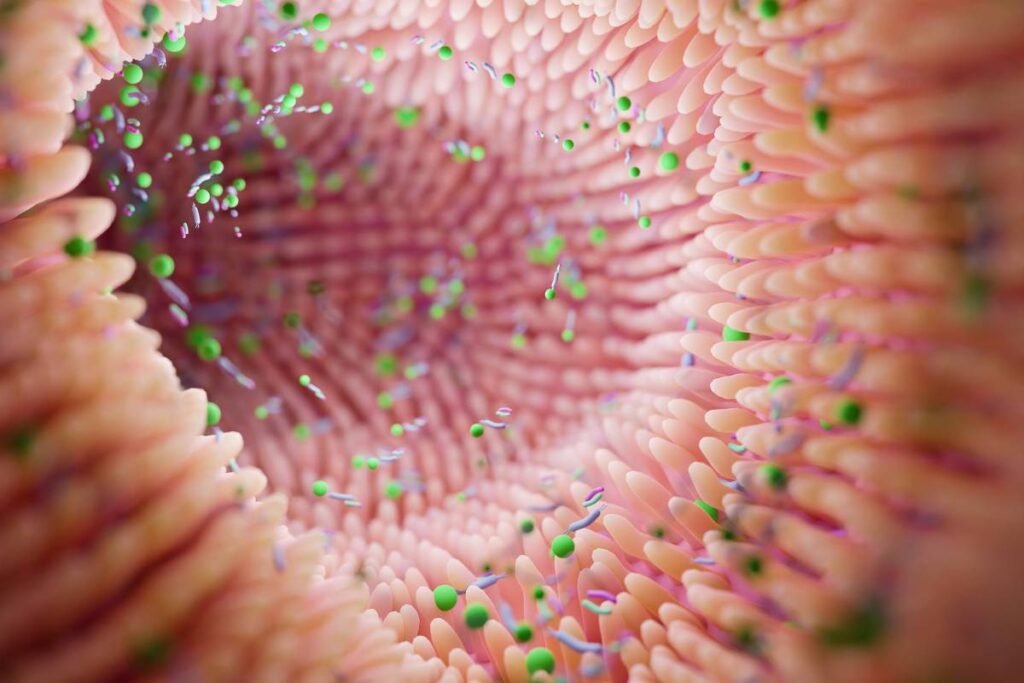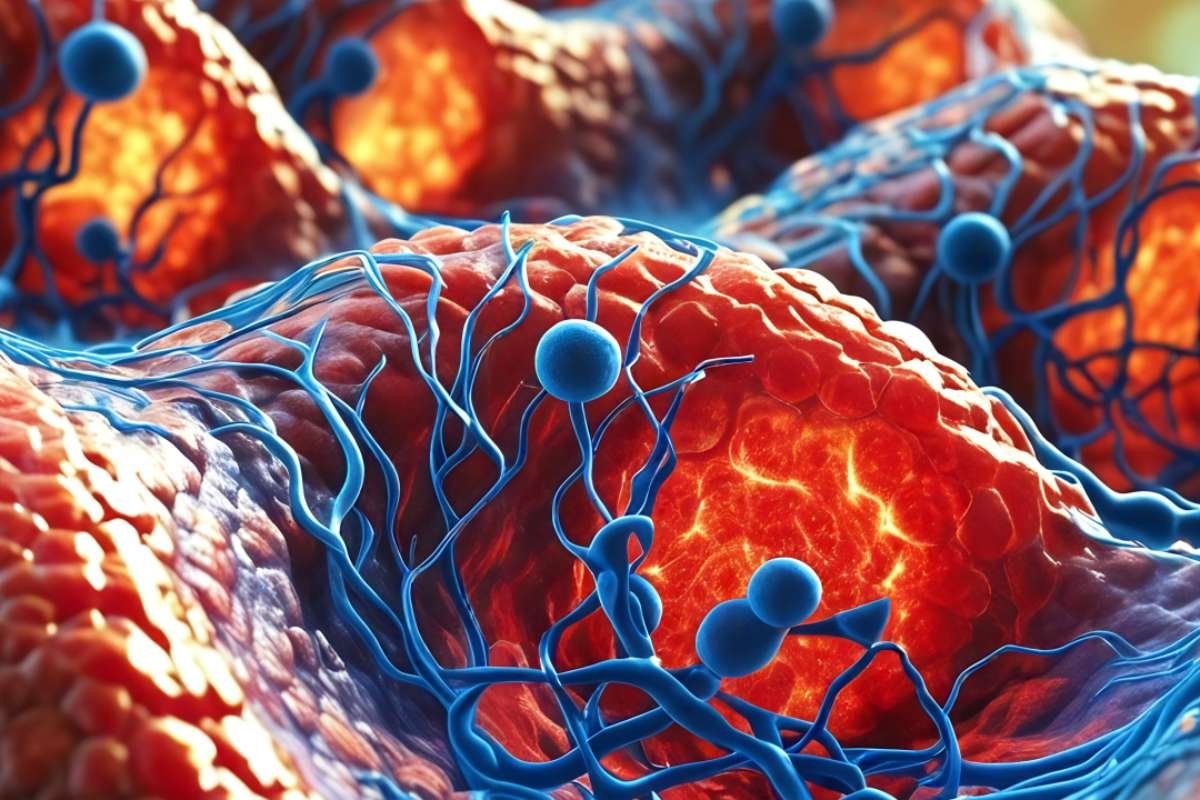In the realm of the human microbiome, scientists have stumbled upon an enigmatic class of virus-like entities that have eluded discovery until now – the ‘Obelisks.’ This groundbreaking revelation, reported by Science, suggests that these viroids might play a role in influencing gene activity within our intricate microbial ecosystem.
The Host and the Hidden World
Confirmed to find refuge in the human gut and mouth, these viroids have identified a primary host, the common mouth bacterium known as Streptococcus sanguinis. Although the researchers have yet to unveil additional hosts, their suspicions lean towards a faction being bacteria-related.
Viroids, unique loops of RNA akin to DNA, have traditionally been associated with plant infections, such as those found in potatoes. What sets viroids apart is their naked structure, devoid of the protective shells typical viruses employ to safeguard their genetic material. Moreover, unlike larger RNA-based viruses, viroids lack instructions to construct proteins; instead, they co-opt enzymes from their host organisms.
Expanding the Horizon: Viroids Beyond Plants
Contrary to the earlier belief that viroids exclusively infected plants, recent studies suggest a broader host range, spanning animals, fungi, and bacteria. In this recent study, scientists explored the genetic landscape of the human microbiome, uncovering the presence of a new viroid class – the Obelisks.
Named Obelisks due to their predicted thin rod-like 3D structure, these viroids emerged prominently in the gene-activity readouts obtained from human feces and mouth metatranscriptomes. In a groundbreaking discovery, the researchers identified nearly 29,960 instances of Obelisks, making this class a significant player in the viroid family.
The Intricacies of Gene Activity
Utilizing existing data, the researchers scrutinized gene-activity summaries, known as “metatranscriptomes,” from various microbial communities in the body. Astonishingly, Obelisks were detected in approximately 7% of metatranscriptomes from human feces and in 53% of the mouth metatranscriptomes.
Notably, some Obelisks exhibited instructions for enzymes crucial for replication, elevating their complexity compared to previously known viroids. Despite this, they shared the commonality of lacking instructions for a protective outer shell.
Scientists Discover Weird Virus-Like ‘Obelisks’ in the Human Gut and Mouth
The Viroid Conundrum: Impact on Human Health
The lingering question remains: How do these viroids, specifically the Obelisks, influence human health? While their precise effects are still unknown, the possibility of shaping the human microbiome is under consideration, especially given their inclination towards bacterial hosts.
The Evolutionary Discourse
Intriguingly, the newfound Obelisks have injected fresh perspectives into the ongoing debate about the evolution of viruses and viroids. Whether viruses evolved from viroids or vice versa is a discussion fueled by this groundbreaking discovery.
In conclusion, the discovery of Obelisks adds a new layer to our understanding of viroids’ diversity and their potential impact on the human microbiome. As scientific exploration continues, we anticipate further revelations about the intricate relationship between viroids and human health.










